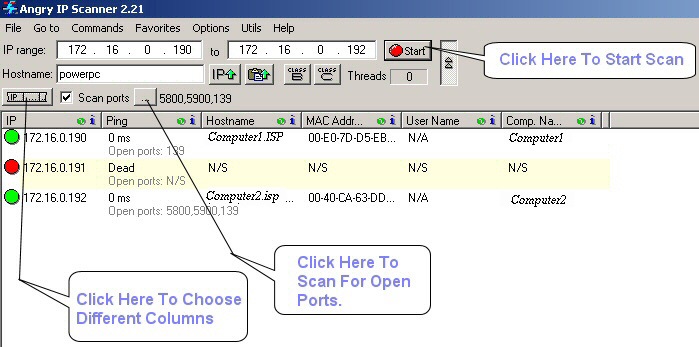Following the discovery that its prior dialog boxes violated European Union data legislation, Google is now providing more options for refusing tracking cookies in Europe.The French data protection body, CNIL, punished Google with$170 million (€150 million) earlier this year for employing ambiguous language in cookie advertisements. Users could initiallyagree to accept all the tracking cookies using a single click, although for the users to deny them all, they needed to go through a number of options.This asymmetry was prohibited, according to CNIL, because it induced users to add cookies to the advantage of Google’s advertising corporation.

To address this, Google’s new cookie ads offer three options: “reject all,” “accept all,” and “additional options” (to exercise additional granular control). The new option will surface on Google Search as well as YouTube,in caseindividuals are not signed in. (You can modify your tracking choices under Google’s data and even the privacy menu if you’re logged in.)
In a blog post announcing the improvements, Sammit Adhya, who is the Google product manager, writes, “We’ve kicked off the rollout in France and will be spreading this experience across the remainder of the EEA (European Economic Area), the United Kingdom, and Switzerland.In the not-too-distant future, users in the area will also have a new cookie option—one that may be accepted or refused with just a single click.”
For most Internet users, using cookie ads is a perplexing and annoying experience. Giving individuals the choice to refuse or allow cookies was supposed to give them more control over their data, but as the Google case illustrates, how these alternatives are implemented can make a difference. According to the NOYB (European Center for Digital Rights) that promotes correct cookie menus, 90 percent of these users did click to agree to accept all cookies, while just 3% truly want them. Changes like those made by Google are minor, but they could help change the balance.
The modified popup will be invisible to many users. Google doesn’t need your permission if you’re already signed into a Google account because your preferences are saved on your profile page. Furthermore, if you use Google Chrome, your web browser is likely to be linked to a Google account if you’ve ever used a Google service. Users without a Google account, in other words, will get more options. It is also important that the users review the privacy settings in casetheydo have a Google account.









